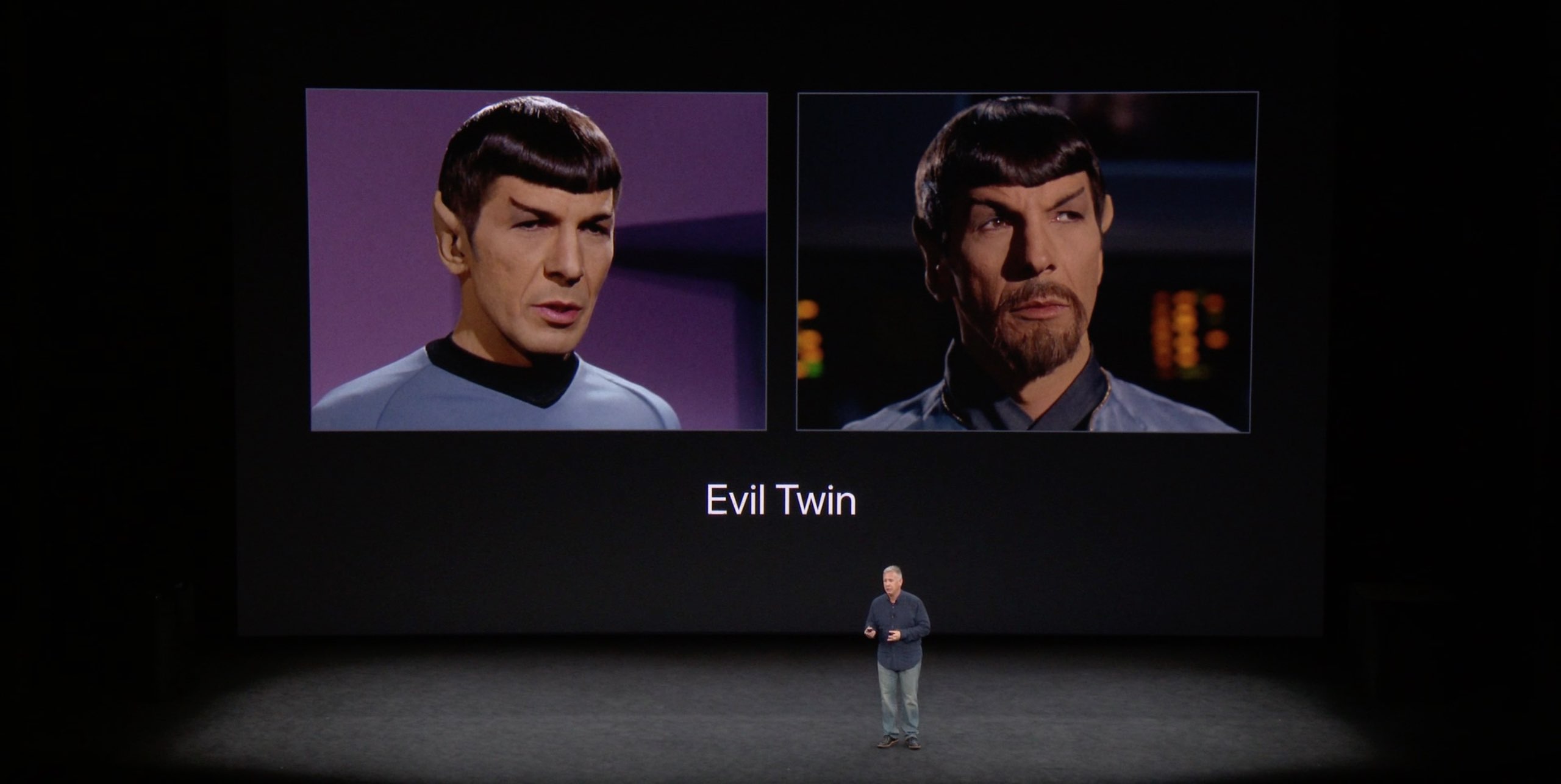The Face ID biometric security system is already extremely accurate but Apple wants to make it even more safe. The company has come up with a method for telling the difference between two people who are almost identical because they’re closely related.
The system would also prevent unlocking iPhone and iPad devices with 3D masks.
Face ID: More than skin deep
Earlier this year, Apple filed for a patent called “Vein matching for difficult biometric authentication cases.” This is actually an update to an earlier patent request from the company.
The filing lays out the problem:
“For authentication using facial recognition, there are potential cases where a user attempting to be authenticated (authorized) by a device cannot be distinguished from another user with closely related facial features. For example, it may be difficult for a facial recognition authentication process to distinguish between siblings, twins, and other closely related faces. “
Fingerprint scanners aren’t a better option. Apple points out that Face ID is twenty times safer than Touch ID, Facial recognition just has a problem in rare situations.
Apple solution is sub-epidermal imaging. This involves detecting the patterns of blood vessels under the skin. This wouldn’t replace 3D scanning of the user’s face, but would act in conjunction.
And there’s a second benefit, “Assessment of subepidermal features may be used to prevent unlocking of the device by an unauthorized user wearing a mask or using another face replication method,” says the patent application.
It does happen
When Face ID was fist announced, Apple warned that it has problems telling the difference between twins. This has been confirmed in real life.
Even worse, the system isn’t foolproof. Back in 2017, hackers have claimed to be able to get around Face ID with a 3D printed mask.
It’s not known when, or even if, Apple will add sub-epidermal scanning to future devices. Apple’s patent filing doesn’t get specific on the methods the company is considering to implement this feature. And, of course, the fact that Apple is researching this tech doesn’t mean it definitely plans to use it. Many patents never turn onto real products.


